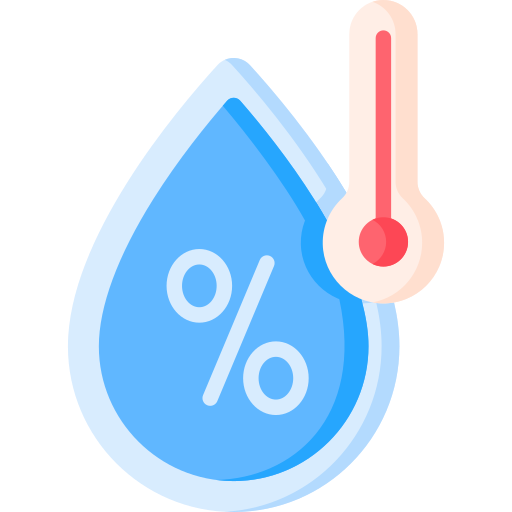Tegucigalpa - Introduction

About Tegucigalpa
Tegucigalpa Current Weather
Tegucigalpa, Honduras
2025-12-11 02:09
Partly cloudy
20.4°C
Temperature:20.4°C |
68.7°F
Feels like:20.4°C |
68.7°F
Other weather information:
| Parameter | Value |
|---|---|
Wind 
|
6.8 km/h |
Pressure 
|
1018 mb |
Humidity 
|
88% |
Visibility 
|
10 km |
UV Index 
|
0 |
Precip 
|
0 |